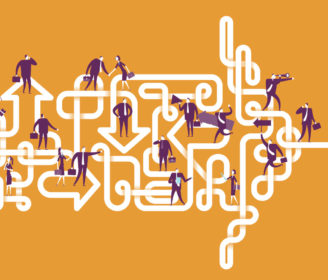Brand Behavior: Does Your Company Walk the Walk?
Brand behavior defines how a brand engages stakeholders in day-to-day interactions and moments, bringing the company’s values, personality and promises to life for customers, investors, partners and/or employees. It’s the brand strategy in action at the moment people make important decisions like whether to invest in the business, consider/buy…



